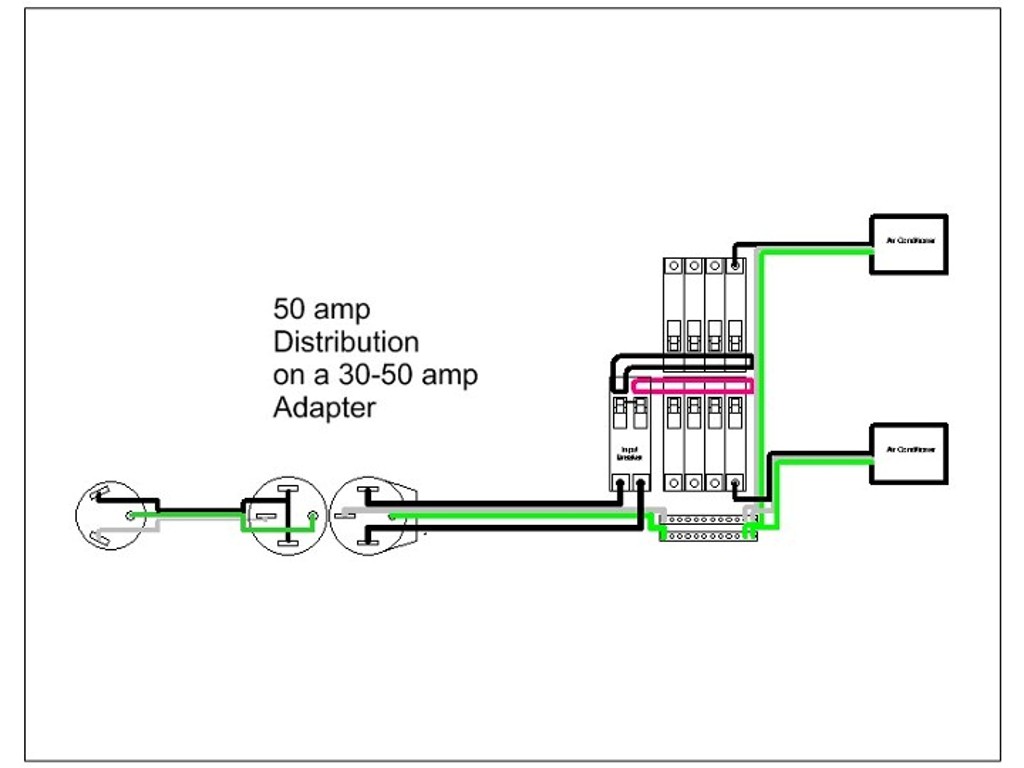ZZSPIRAL1
Mar 29, 2013Explorer
30 Amp RV to a 50 Amp post - Surge protectors and such
There seems to be a difference in opinion on whether it's "safe" to use a dog bone to connect 30 amp RV up to a 50 Amp post. What's your opinion?
Additionally, I would like to order a surge protector, and I'm leaning toward one that's 30 amps. In your opinion, is it safe to connect a 30 amp surge protector to a 50 amp post using a dog bone? Note: There's not a 50 amp RV in my future.
One more question, what do you use as a surge protector (if any) when your RV is connected to a receptacle at home? I guess these receptacles are 15 or 20 amps. Truth is, I don't know if mine are 15 or 20. It probably doesn't matter anyway, on the condition the equipment (e.g. the surge protector) is rated for more than 20 amps.
I'm amazed at the considerations that go into an electrical system. Thanks in advance for your input.......
Additionally, I would like to order a surge protector, and I'm leaning toward one that's 30 amps. In your opinion, is it safe to connect a 30 amp surge protector to a 50 amp post using a dog bone? Note: There's not a 50 amp RV in my future.
One more question, what do you use as a surge protector (if any) when your RV is connected to a receptacle at home? I guess these receptacles are 15 or 20 amps. Truth is, I don't know if mine are 15 or 20. It probably doesn't matter anyway, on the condition the equipment (e.g. the surge protector) is rated for more than 20 amps.
I'm amazed at the considerations that go into an electrical system. Thanks in advance for your input.......


